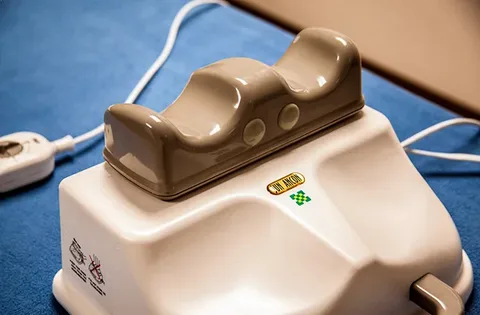Pests have always been one of the biggest threats to agriculture, causing significant damage to crops and reducing yields. Over time, farmers have developed various ways to protect their produce, but modern challenges require smarter and more sustainable solutions. This is where pest management plays a vital role—not just in protecting crops but also in ensuring environmental balance and long-term productivity.
Pest management refers to the strategic approach of controlling, reducing, or eliminating pests that affect crop health. These pests can include insects, weeds, rodents, fungi, and other organisms that interfere with the growth and quality of plants. The goal of pest management is not necessarily to eradicate all pests, but to keep their populations at levels that do not cause economic harm.
The Importance of Pest Management
Effective pest management ensures that crops remain healthy and productive throughout their growth cycle. Unchecked pest infestations can lead to severe crop losses, reduced food supply, and increased production costs. Additionally, poor pest control practices, such as the overuse of chemical pesticides, can harm the environment, human health, and even the crops themselves by leading to pesticide resistance.
Therefore, a balanced and well-planned pest management strategy is critical for sustainable farming.
Types of Pest Management Strategies
Farmers and agricultural experts use a combination of approaches, often known as Integrated Pest Management (IPM), to control pests effectively and responsibly.
1. Cultural Control
This involves modifying farming practices to make the environment less favorable for pests. Examples include:
- Crop rotation to break pest life cycles.
- Timely planting and harvesting to avoid peak pest activity.
- Maintaining clean fields and removing plant debris that can harbor pests.
2. Biological Control
Biological pest management uses natural predators, parasites, or pathogens to control pest populations. For instance:
- Ladybugs can be introduced to control aphids.
- Trichogramma wasps can be used to reduce caterpillar populations.
- Fungi like Beauveria bassiana are used to target insect pests without harming crops.
3. Mechanical and Physical Methods
This includes using traps, barriers, and manual removal to control pests. Examples are:
- Sticky traps for flying insects.
- Netting to protect crops from birds and insects.
- Hand-picking larger pests in small-scale farms or gardens.
4. Chemical Control
Chemical pesticides are often used when pest levels exceed economic thresholds. However, they should be applied responsibly:
- Use only approved and recommended pesticides.
- Follow label instructions for dosage and timing.
- Rotate chemical classes to prevent resistance buildup.
5. Genetic and Resistant Varieties
Breeding and using pest-resistant crop varieties is a long-term solution. These varieties can naturally withstand pest attacks, reducing the need for external interventions.
Smart Pest Management with Technology
Modern technology has transformed pest management practices. Precision agriculture tools help farmers detect, monitor, and manage pest threats with greater accuracy.
- Drones and satellite imagery can detect early signs of pest outbreaks.
- IoT sensors in the field provide real-time data on pest movement and crop health.
- Mobile apps and decision-support tools help farmers make informed choices about pest control based on weather, crop type, and pest history.
- AI-powered systems can predict pest outbreaks and recommend specific interventions.
These innovations make pest management more efficient, reducing unnecessary pesticide use and protecting both crops and ecosystems.
Environmental and Health Considerations
While controlling pests is important, it’s equally essential to protect the environment and human health. Excessive or improper use of pesticides can contaminate soil, water, and food, harm beneficial insects like bees, and pose risks to farm workers.
Sustainable pest management emphasizes reducing dependency on chemicals and promoting eco-friendly alternatives. Training farmers in safe handling practices and encouraging organic methods can contribute to safer food systems.
Challenges in Pest Management
Despite advancements, there are still hurdles to effective pest management:
- Lack of awareness or training among farmers.
- Resistance development due to repeated pesticide use.
- Limited access to biological control agents or high-tech tools in rural areas.
- Climate change leading to new pest patterns and increased outbreaks.
Addressing these challenges requires collaboration between governments, research institutions, agri businesses, and farming communities.
Conclusion
Smart pest management is essential for protecting crops, increasing yields, and maintaining the health of our environment. By combining traditional knowledge with innovative technology and sustainable practices, farmers can control pests more effectively and responsibly.
As the agricultural sector evolves, adopting intelligent pest management strategies will be key to building resilient and productive farming systems that can feed a growing global population—safely and sustainably.











































